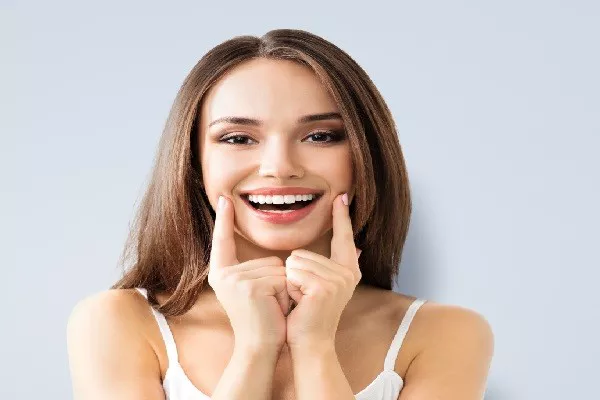In the journey of mastering the nuances of daily life, it seems we may have overlooked a crucial aspect: the timing of our teeth-flossing routine. Just as unconventional advice about pasta cooking stirred the culinary world, recent revelations suggest that the timing of your dental floss routine might also be more critical than previously thought.
Contrary to common practice, the NHS recommends that, when it comes to flossing, one should precede it with brushing, marking a departure from the traditional post-brush flossing routine.
The fundamental purpose of flossing, distinct from brushing, lies in its ability to eliminate food particles and plaque from areas that toothbrush bristles struggle to reach, thereby preventing cavities and ensuring fresh breath. Healthline adds another layer to the argument, asserting that particles inadequately removed by flossing alone find resolution through subsequent brushing, resulting in reduced dental plaque and a diminished risk of gum disease.
A 2018 study, albeit limited in scope, supports this perspective, suggesting that the fluoride in toothpaste is more effective in safeguarding teeth when applied to post-floss, particle-free surfaces.
Admittedly, the concept might seem unsettling, but the takeaway remains clear — flossing after brushing is a superior alternative to not flossing at all.
For those seeking flossing perfection, the NHS provides a step-by-step guide:
Take 30cm to 45cm of floss or dental tape, maintaining 3cm or 4cm taut between your hands.
Insert the floss or dental tape between the teeth and into the area between your teeth and gums, going as far as possible.
Execute 8 to 10 strokes of flossing, moving up and down between each tooth to dislodge food and plaque.
Experts unanimously advise incorporating this routine before brushing for optimal results. So, the next time you reach for that dental floss, consider the strategic timing that could make a significant difference in your oral hygiene routine.





























